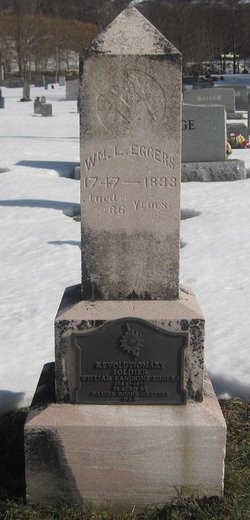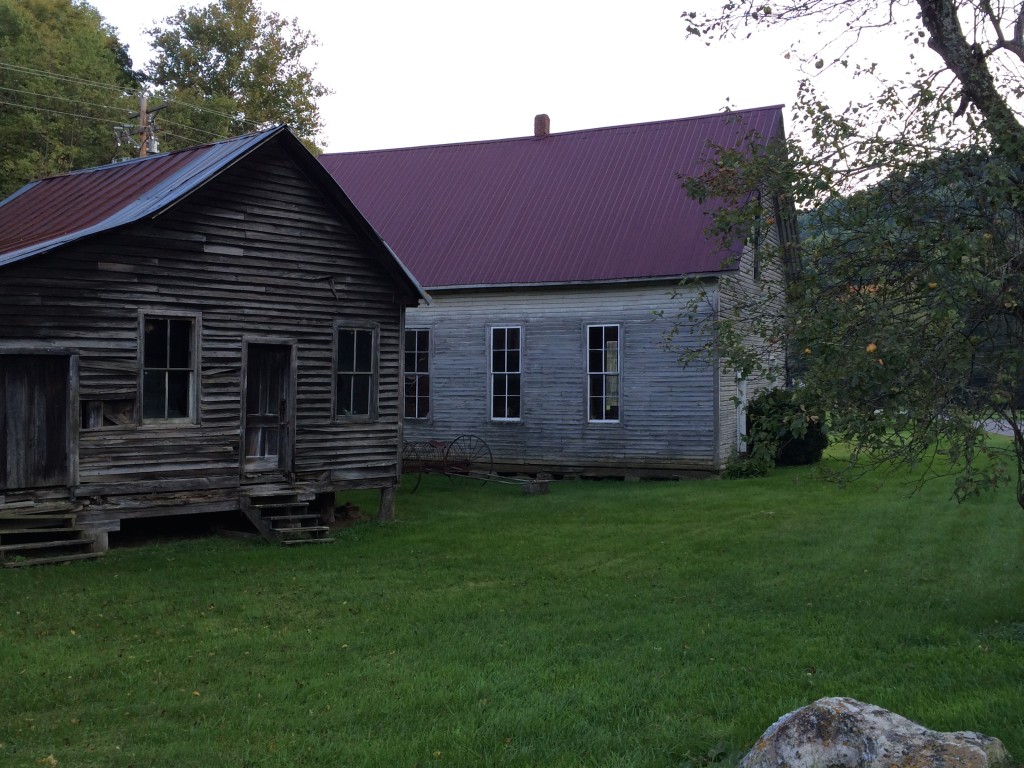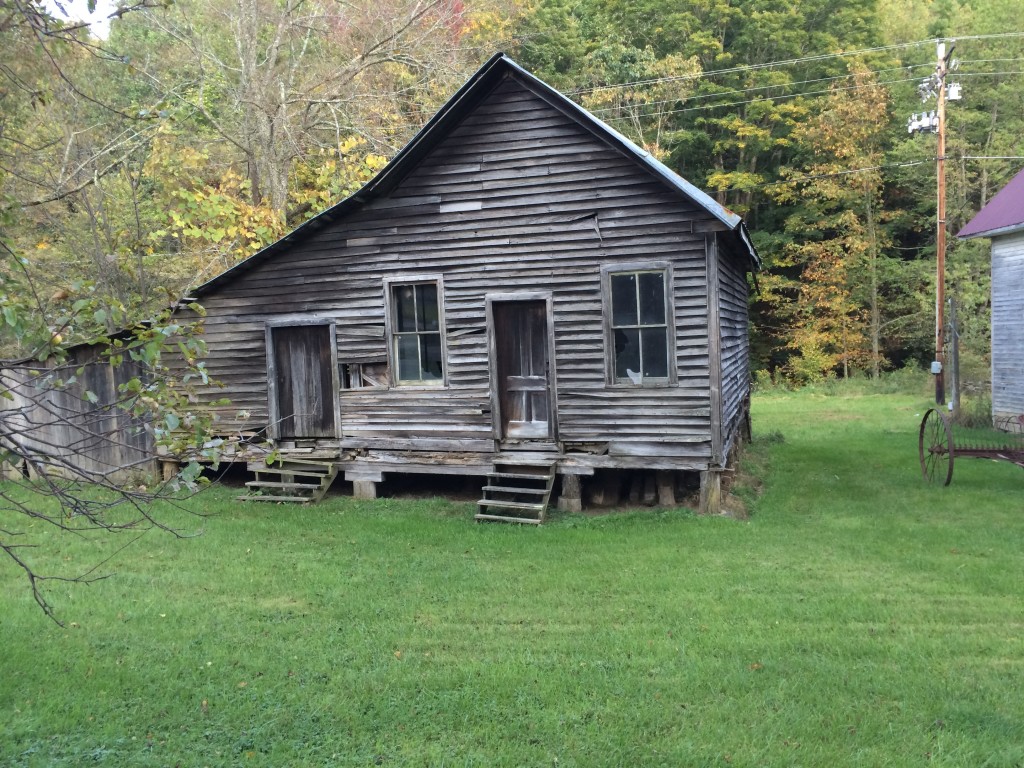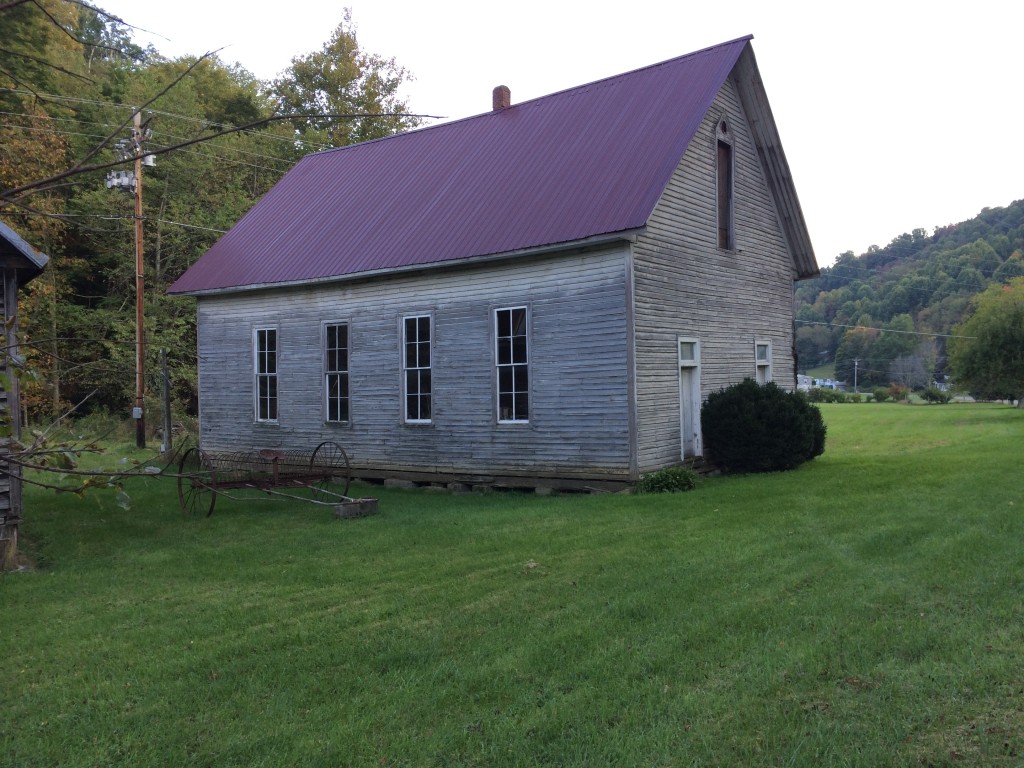This summer before we made our move, I took my mother on a car ride out to the mountain community that our family has been a part of since the 1700s. The communities they lived in are in the very northwestern part of North Carolina–so close to Tennessee you could “throw a rock and hit it” as the old timers say. Part of our genealogy in the Eggers family is revealed to us as we stroll through the cemetery at the local community church in Zionville, North Carolina. Our ancestors rest there while others are just “up the road” in another cemetery at Union Church in Mabel, North Carolina.


I have been incredibly fortunate to have recently been given recordings made by my Aunt and my Grandfather. My Aunt, author and poet Isabel Zuber made recordings of interviews she made with my Grandfather as she prepared to write her novel–a fictional work based on the life of my Grandfather’s family. The Eggers’ family came to the area that was once called Ashe County North Carolina but later became Watauga County. I have heard his voice describe going to school here in the early 1900s. He describes a typical school day as one that began with a bell ringing, but then he dryly interjects that “when there was no bell, we would take a piece of wood and hit the side of the school”. He spoke of enrollment numbers as high as 65, and my Aunt laughingly interjects, “that must have been a zoo” going on to describe what it was like to have so many students in one small room. Again, my grandfather and his dry sense of humor relates that the enrollment numbers were “not attendance”. He stated that typically 12-16 students attended regularly. School lasted 2 months a year in that time.
He vividly details the “3 windows” on either side of the school that leads me to think the building above was an early church–one with one entrance door for women and one for men. He talks of the center aisle with a large wood stove and a wooden board in the front of the room “painted black”, that was repainted when it was needed to cover the work placed there earlier. Very few students had simple items such as a slate of their own to write on.
The “family” home that had been built by my Great-grandfather no longer is there–it burned decades ago. But the home site, the land it was on and the barn he built still are there. The barn though dilapidated and leaning built by John Eggers has stood since the 1890s. That house site we have always called “number 1”. This generation of the family lived in a total of 3 homes, each lovingly referred to as the number it bore in succession.
Number 2 still stands in Mabel close to the roadside and even closer to the creek. Ellison branch is the name of the creek that runs through the community here. Mountain communities grew along rivers and streams that could provide water for crops and livestock. The mountain twisting and curving roads lay alongside these waters as they ran from one community to the next. Once off the main highways so many of these small hidden treasures and places with the people who love them.
The days are gone now when the lower bottom land near creeks and streams were the most sought after and prized for their ability to help sustain farms, crops, and livestock. Today, there are areas where large homes are built on mountain tops and ridge lines–some say for the view, others are to “be seen”. It is a sign of times that have changed and are changed and one of the reasons I want to be here. I may never be able to recover that life for my family, but I can be here now and see it, touch it, and try and place it here.


